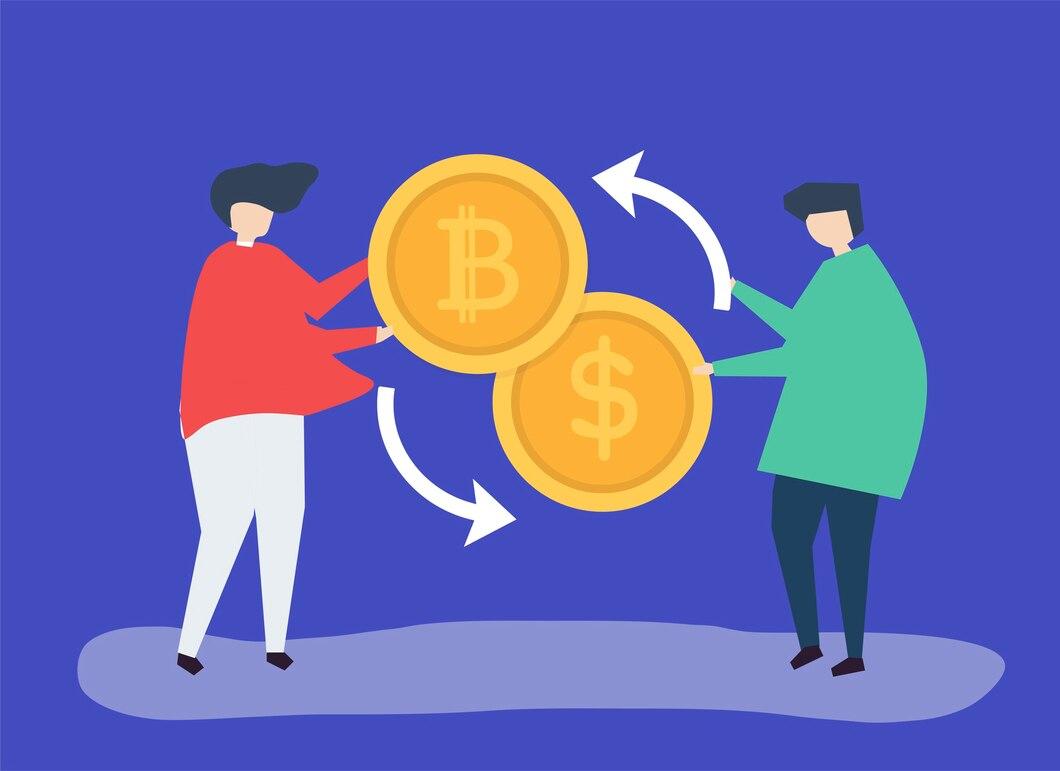Cryptocurrencies are becoming increasingly popular, and many investors and traders are looking for opportunities to exchange digital assets. P2P cryptocurrency exchange is a convenient way of trading that allows users to exchange assets directly. However, as in any other field, there are scammers here using various schemes to deceive trusting participants. This article will detail what scams in P2P cryptocurrency exchange are, how to avoid them, and what measures can be taken for safe trading.
What is P2P Cryptocurrency Exchange?
P2P exchange (peer-to-peer) is a method where users can interact directly without intermediaries. Such an exchange is carried out through special platforms that provide the necessary tools for safe trading. Participants can post their offers for buying or selling cryptocurrencies and also view available requests. This makes the exchange process simple and convenient, but the occurrence of fraud can lead to serious consequences.
P2P exchange provides flexibility and the ability to regulate deal terms, such as price, payment method, etc. However, the absence of a third party that could control the deal makes users more vulnerable to scammers.
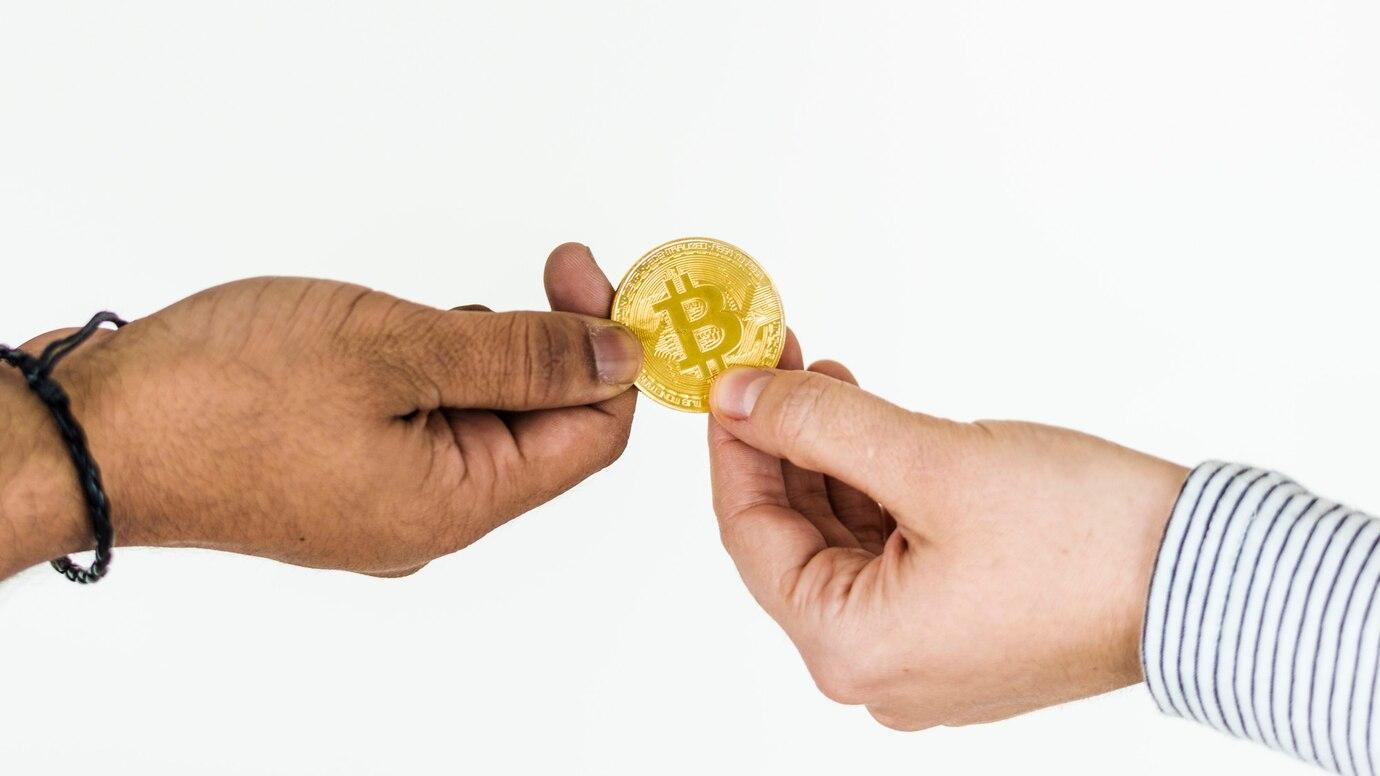
Common Fraud Schemes in P2P Exchange
Fraud in P2P cryptocurrency exchange can be divided into several categories. Each has its distinctive features and methods of implementation.
Classic Fraud Schemes
- Incorrect deal information. Scammers may provide false information about their profiles, such as inflating ratings or reviews, and then disappear after receiving funds. Since P2P exchange does not always have third-party confirmations, trusting traders can easily fall victim to such schemes.
- Fake payment confirmations. Some scammers use forged documents about money transfers to convince the victim that the transaction is complete. They report a supposedly successful transfer and disappear after receiving the cryptocurrency.
- Inflated prices and fees. In an attempt to deceive buyers, scammers may post an offer that looks too attractive. This scheme often attracts newcomers who do not have enough experience to assess the true value of the asset.
Advanced Fraud Methods
- Social manipulation. Some scammers use psychological techniques to make the victim act hastily. For example, they may create an illusion of time scarcity to push the victim into a deal that can turn into a significant risk.
- «Phishing» and site spoofing. Scammers can create fake sites that mimic popular P2P platforms. Users entering their data may become victims of personal information or fund theft.
- Fraudulent teams and groups. In some cases, scammers work in groups, organizing entire systems to deceive users. They may create fake profiles, forge reviews, and test different schemes to find more effective ways of deception.
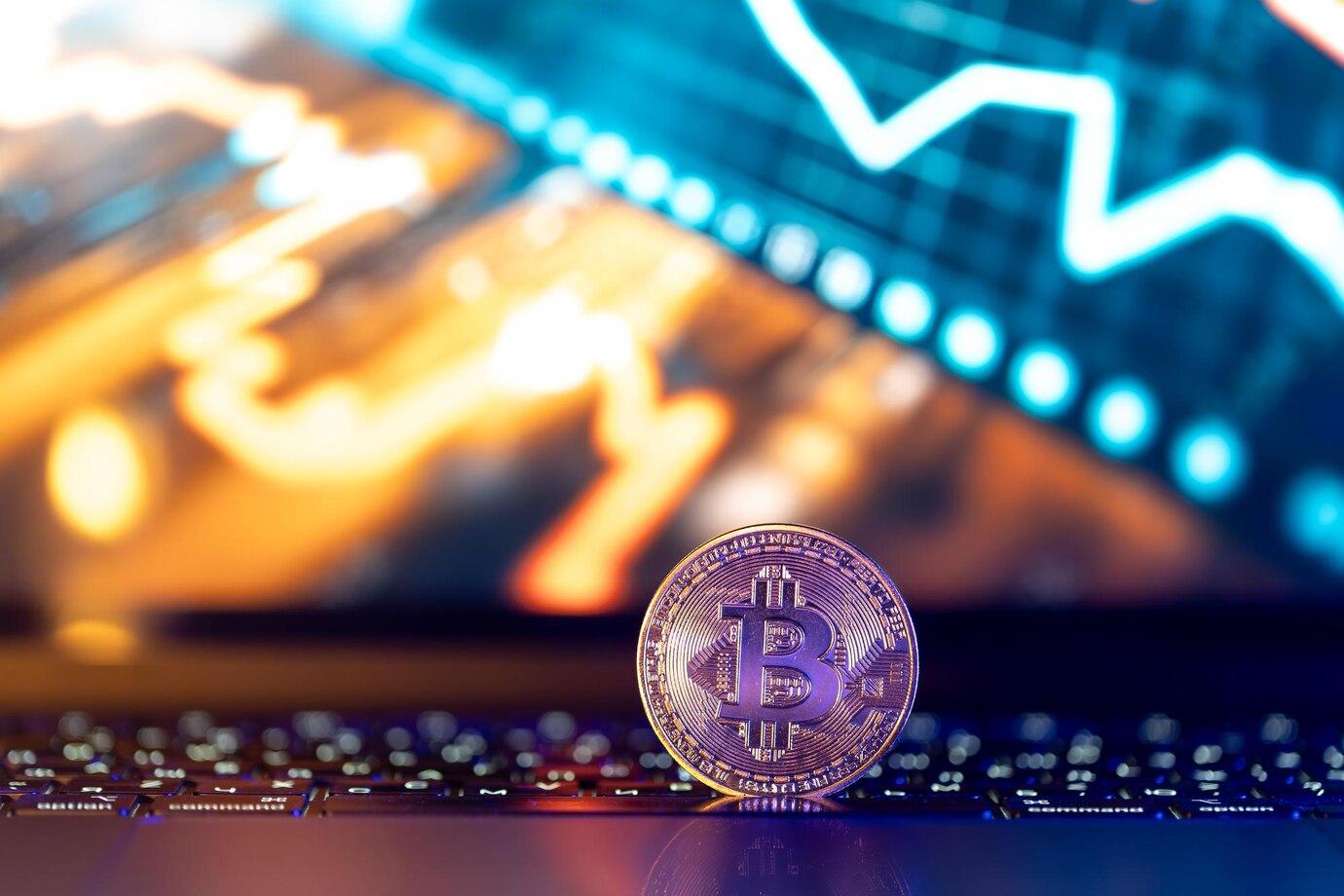
How to Avoid Fraud in P2P Exchange?
There are several key strategies that can help minimize risks and make transactions safer.
1. Research the Platform
First of all, it is important to choose a reliable P2P platform. Look for reviews, study the reputation of sites, and choose those that protect user interests. Ensure that the platform has an arbitration system capable of resolving disputes between participants.
2. Evaluate the Participant's Profile
Before starting interaction with another user, pay attention to their profile. Look at reviews and ratings from previous deals. A profile with many positive reviews and activity may indicate the participant's reliability. Also, be cautious if the user has no reviews or only negative ones.
3. Personal Data Security
Do not leave personal data on platforms without a reliable protection system. Never send your data, such as passwords or card numbers, to the person you are negotiating with. Remember that legitimate platforms will not ask for such information.
4. Use Secure Payment Methods
When choosing a payment method, prefer methods that provide protection. Avoid direct transfers that cannot be disputed. It is also recommended to use platforms that lock funds until the transaction is complete. This will prevent cases where the scammer receives their part of the deal and then disappears.
5. Pay Attention to Deal Terms
State all terms before starting the exchange. Ensure that both parties understand exactly what will happen upon completion of the exchange. Calmly discuss how payments will be arranged and clarify what actions will be taken in case of a dispute.
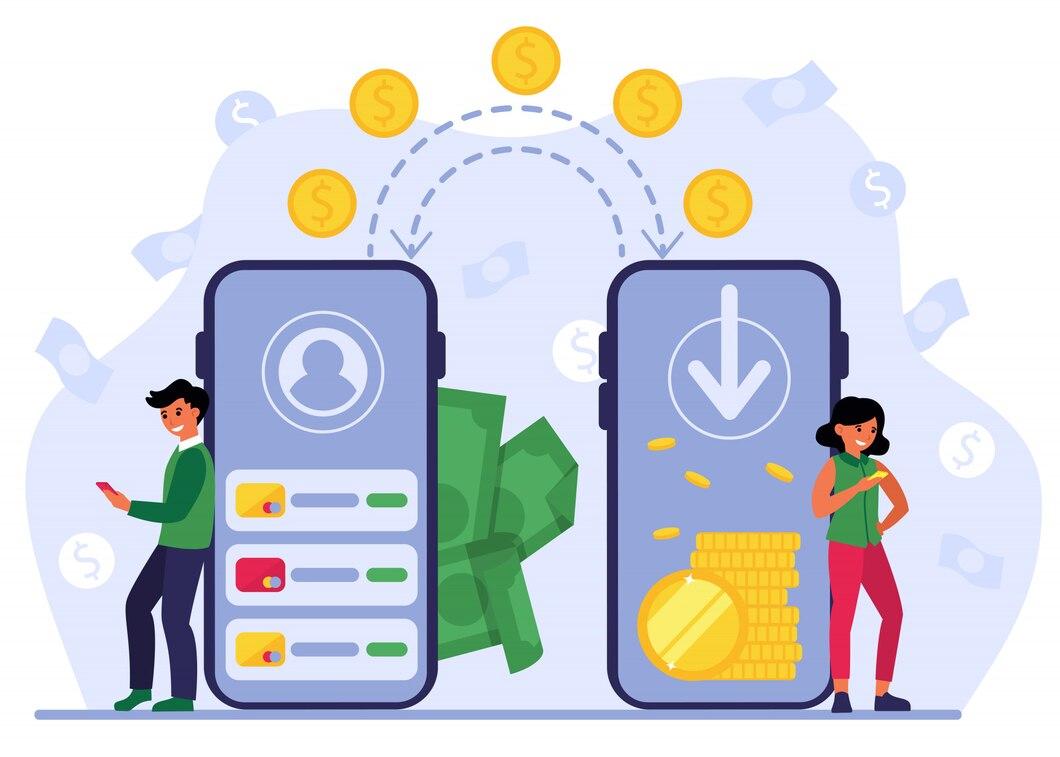
What to Do if You Suspect Fraud?
Never ignore your instincts. If you have doubts about the deal or the participant, it is best to stop communication and refuse the exchange until you obtain additional information.
- Report the fraud. If you encounter a scammer, report their actions on the platform. This will help protect other users. Most services keep track of such cases and take measures to block dishonest participants.
- Use law enforcement agencies. If you become a victim of fraud and lose funds, you should contact the relevant law enforcement agencies. Provide all the details of the transaction and all possible evidence that can help in the investigation.
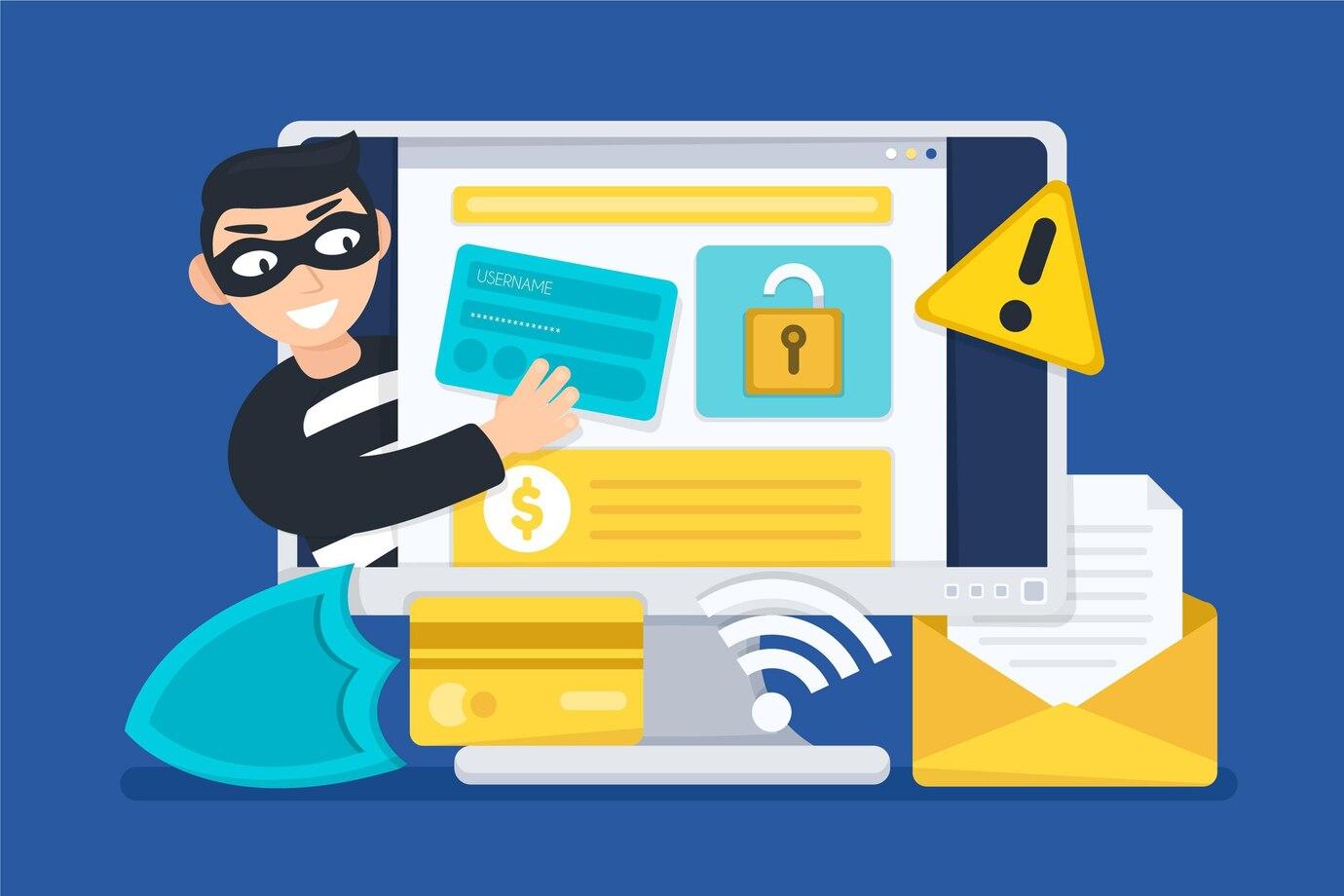
- Learn from your experience. Every mistake is a lesson that can help you become a more experienced trader. Record your observations and analyze situations where you could have prevented fraud. This will help strengthen your skills and increase overall security when conducting transactions.
P2P cryptocurrency exchange opens up new opportunities for users, but caution is necessary to avoid fraud. Understanding potential risks and using proven security strategies can significantly reduce the likelihood of encountering deception. Remember, it is better to be safe than to fall victim to a scammer. Follow the recommendations, conduct research, and practice safe trading methods to ensure your activities in the world of cryptocurrencies are as secure as possible.
